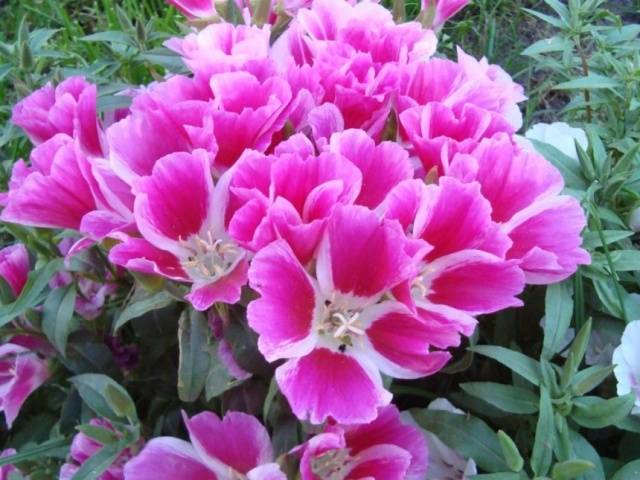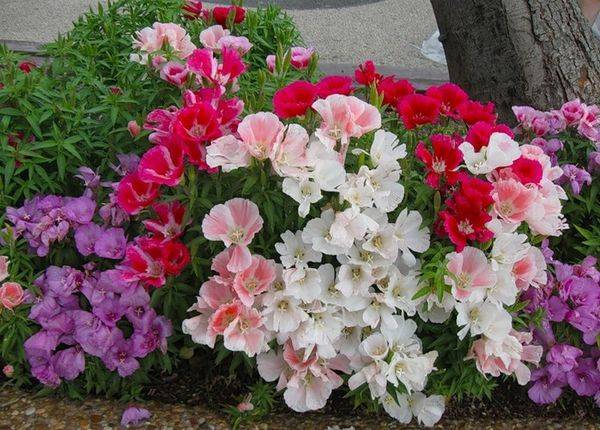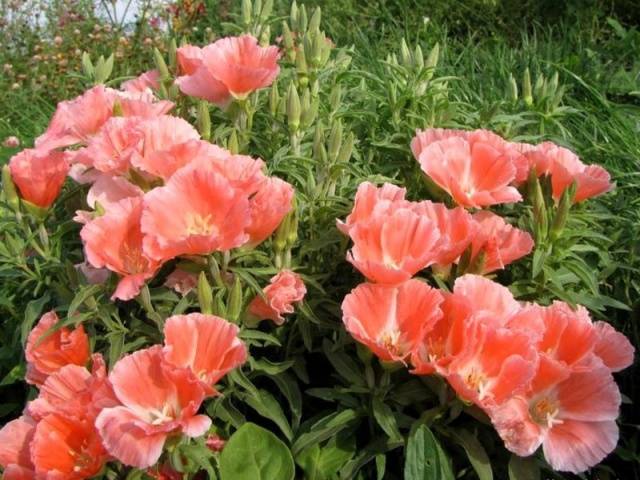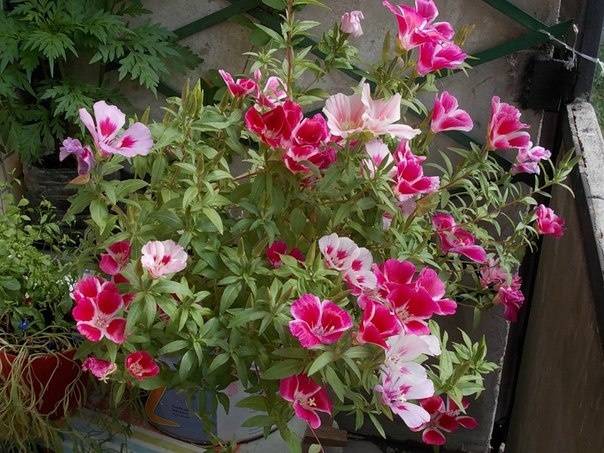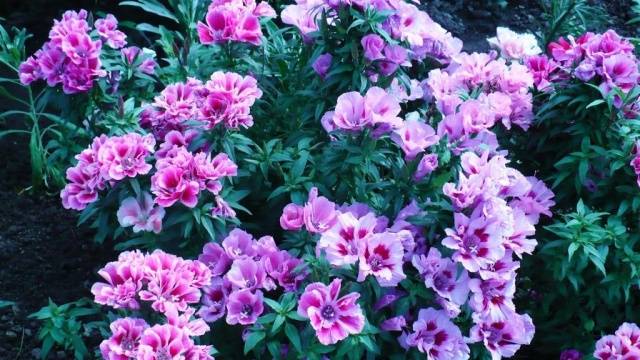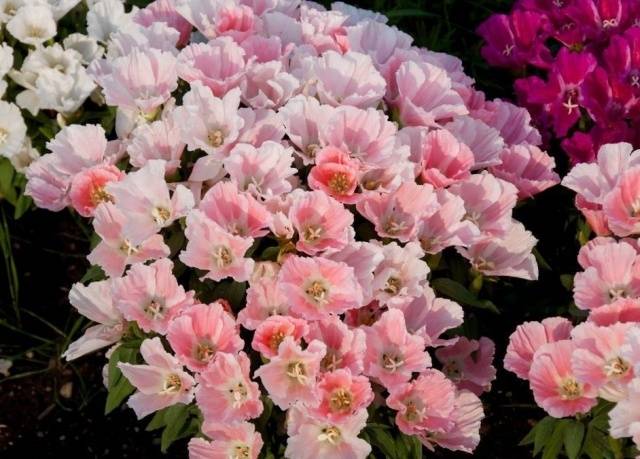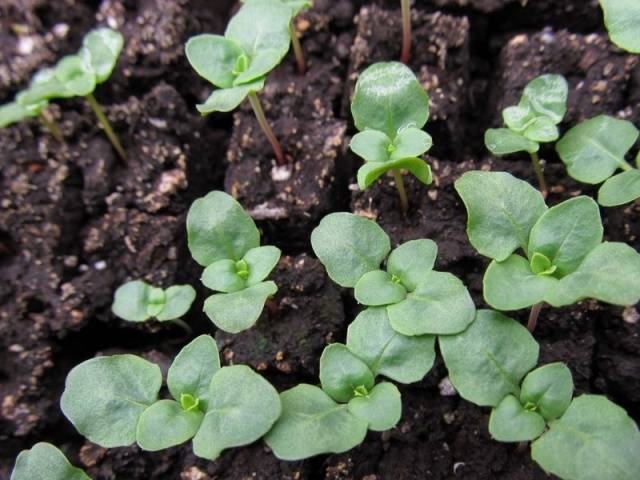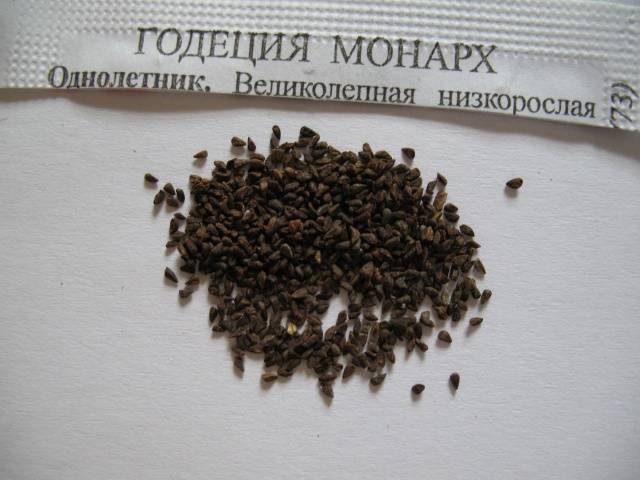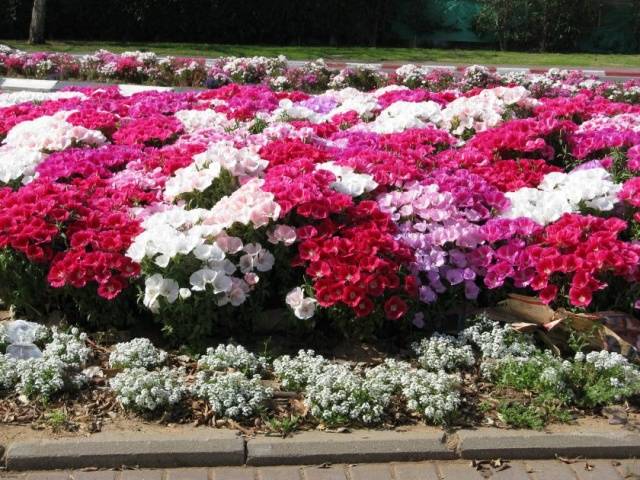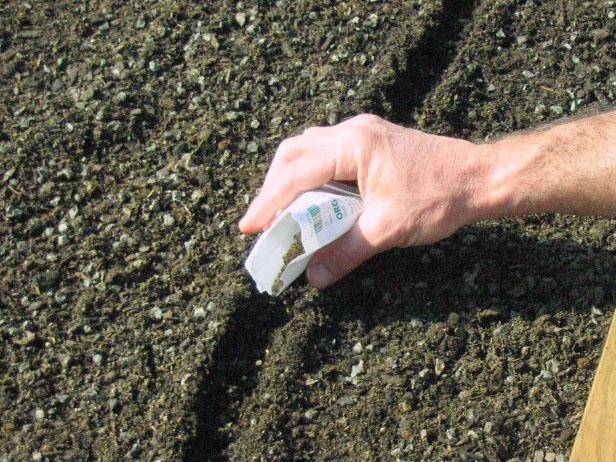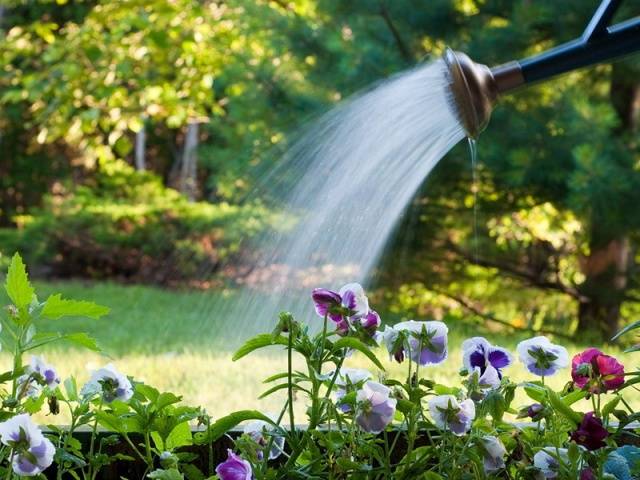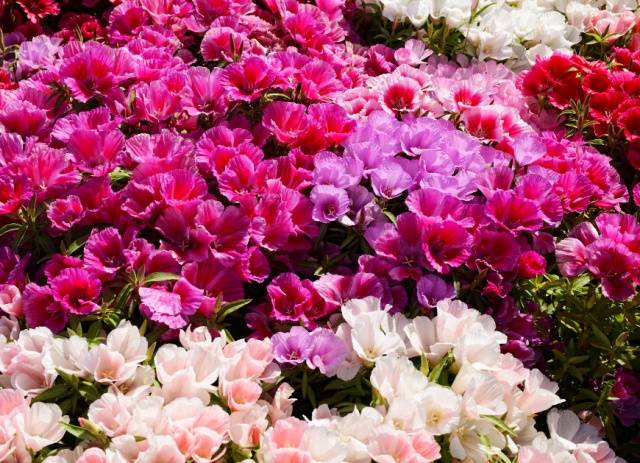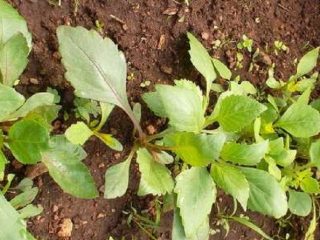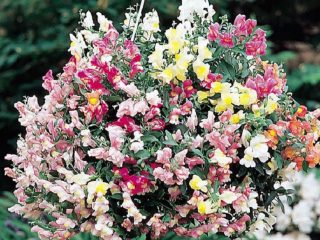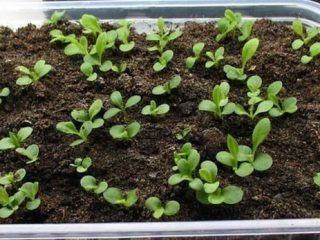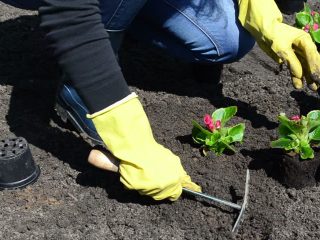Content
The creation of a beautiful flower bed should be preceded by a careful development of a plan: flowers are selected according to the shade of the inflorescences, flowering time, in accordance with the requirements for care, soil composition and growing conditions. Most of all, gardeners value bright, but unpretentious plants that can exist in almost any conditions and coexist with different flowers. One of these species is godetia, planting and caring for which is extremely simple, and its large inflorescences look bright and tender at the same time. Godetia is suitable for decorating flower beds and borders, it is good as a decoration for window sills and balconies, and these flowers also look great in bouquets.
How to grow godetia in open ground, in boxes or flowerpots, how to plant this flower correctly and how to care for it will be discussed in detail in this article. The optimal timing for planting seeds for the seedling method and direct sowing in the ground will also be indicated here.
Features of the view
In nature, godetia grows in North and South America. The flower is named after the Swiss botanist Godet, who was one of the first to be concerned with the issue of propagating Godetia in European countries.
Godetia is a herbaceous annual plant of the Fireweed family.In nature, there are about twenty species of this culture. Breeders are constantly developing new varieties of this delicate, spectacular flower.
Characteristics of the type:
- the flower is an annual;
- at the beginning of the season, the stems of the plant are herbaceous, by the end of summer they become woody;
- the length of the stems rarely exceeds 60 cm, the plant is compact;
- leaves are lanceolate or broadly lanceolate, painted in a rich green color, arranged in an alternate order;
- bushes are spreading, narrow pyramidal in shape;
- the inflorescences are large, their diameter can reach ten centimeters;
- the flower shape is simple, bell-shaped or cup-shaped;
- petals can be simple, double, with a wavy edge, silky or satin;
- godetia is painted in a wide variety of shades: white, pink, purple, lavender and others;
- the flower reproduces by seeds;
- Each gram of godetia fruit contains about 3,500 tiny seeds - the flower is very prolific.
Growing methods
There are several ways to plant godetia: sow seeds directly into the ground, grow seedlings, or sow before winter. Each method has its pros and cons, but most often the delicate flower is grown using the seedling method.
Regardless of the planting method, first of all, the gardener must choose a suitable place for godetia in his garden. At this stage it should be taken into account that the plant loves light, warmth and moderate humidity. At the same time, Godetia can tolerate even slight frosts, but its fragile stems cannot withstand strong winds or drafts.
In open ground, the flower is best grown on loamy soils. In pots, boxes and flowerpots, this flower needs good drainage and a nutrient substrate. You can prepare a suitable soil yourself by mixing garden soil, river sand, peat or rotted spent oyster mushroom mycelium. It is recommended to first disinfect all components of the homemade substrate.
Alkaline soils are not suitable for godetia; it prefers neutral or slightly acidic soils. If the alkaline component in the soil exceeds the norm, you can dilute the soil with peat or urea.
Growing by seedlings
In most regions of Russia, it is recommended to grow godetia using seedlings. Seeds for seedlings should be sown in mid-March or in the first ten days of April. Self-collected seeds should be stored in a dark and cool place. Before planting, they do not need any special preparation; you can only disinfect the planting material in a weak solution of manganese.
For planting flowers, ordinary pots 15-20 cm high, or plastic containers and boxes are suitable. Containers for godetia seedlings are filled with nutritious loose soil and watered with warm water. When the water is completely absorbed, begin to spread the seeds over the surface. To make it more convenient to work with small flower seeds, you can mix them with wet river sand.
After sowing, the seeds are sprinkled with a thin layer of substrate or peat and the containers are covered with cling film, forming a mini-greenhouse. Now the godetia should be kept warm until shoots begin to appear. Every day, the film is removed or slightly opened for 20-30 minutes to avoid the accumulation of excess condensation.
After the shoots emerge, the film is removed and the containers with flowers are placed on a windowsill or under a fluorescent lamp. The temperature should not be allowed to drop, as cold is detrimental to the seedlings of these flowers.
Now caring for godetia will consist only of regular watering. After 1.5 months, flower seedlings can be transferred to a flowerbed or flowerpot.
Sowing in the ground
Godetia seeds can be sown in the ground when the soil is well warmed up. Usually this is mid-May. At the same time, flower seedlings are transferred. The weather does not stabilize throughout the entire country in May, so flowers are sown with seeds only in the southern regions.
Seeds are sown in the ground in the same way as for seedlings: small furrows are made, the ground is watered and godetia seeds are laid out at the required intervals, then sprinkled with a thin layer of dry soil. For the first time, you can cover the plantings with thick polyethylene, which is removed after germination.
Winter cultivation
The method of sowing flowers before winter is suitable only for those regions where a lot of snow always falls in winter and the air temperature does not drop too low (more than -15-20 degrees).
It is necessary to sow godetia a couple of weeks before the upcoming snowfall. Only in this case will the seeds have time to absorb moisture from the soil, but will not germinate prematurely and will not freeze out on the bare ground.
Planting godetia before winter allows you to get earlier and more abundant flowering - the flowers grow hardened, they are not afraid of the vagaries of the weather and disease attacks. The bushes will begin to bloom 2-3 weeks earlier, which is especially important for those who grow flowers for sale.
How to care for a flowerbed
The care of an unpretentious godetia needs the simplest; even a beginner or inexperienced gardener can provide it. To properly care for this flower, you need to take into account what poses the greatest danger to godetia:
- Excessive humidity. Flowers should only be watered during periods of drought. Low-lying areas of open ground, boxes and flowerpots must be drained so that water does not stagnate at the roots.
- Severe overheating. When the weather is not cool for too long, it is necessary to shade the godetia and cool the flowers by spraying with cold water.
- Pests that devour the tender leaves of godetia. It is necessary to combat insects and snails with special means.
The flower care schedule should contain the following steps:
- regular watering with warm, settled water.It is important to consider that both drought and excessive humidity are detrimental to flowers. Therefore, you will have to look for the “golden mean” by trial and error. Godetia responds very well to leaf moisture, so an air drip irrigation system will come in handy. The special system can easily be replaced by an ordinary garden watering can with small holes.
- You also need to fertilize the flower regularly - every 10-15 days. As a top dressing, it is better to use mineral complexes designed specifically for flowers. An important point is the fact that godetia does not like large amounts of nitrogen fertilizers.
- The bush blooms very profusely, so you can pinch new strings to increase the size of the flowers. They also control the shape of the godetia bush, pruning shoots where required.
- Around godetia bushes it is necessary to constantly loosen the soil and remove weeds. To make caring for flowers easier, experienced gardeners use mulch, covering the soil around the flowers with it.
- When the first frosts arrive, the godetia bushes are pulled out along with the roots and taken away from the flowerbed so that they do not become a source of infection for the flowers of the next season.
Conclusion
Godetia flowers, planting and caring for which are shown in the photo, can transform any garden plot. Today there are many varieties and varieties of this delicate flower with satin petals on sale.The variety of shades of godetia allows it to be successfully used in flower arrangements, bouquets, and combined with other flowers and plants.
Anyone can plant and grow the fragile godetia flower; you just need to make a little effort and provide the plant with comfortable conditions.
